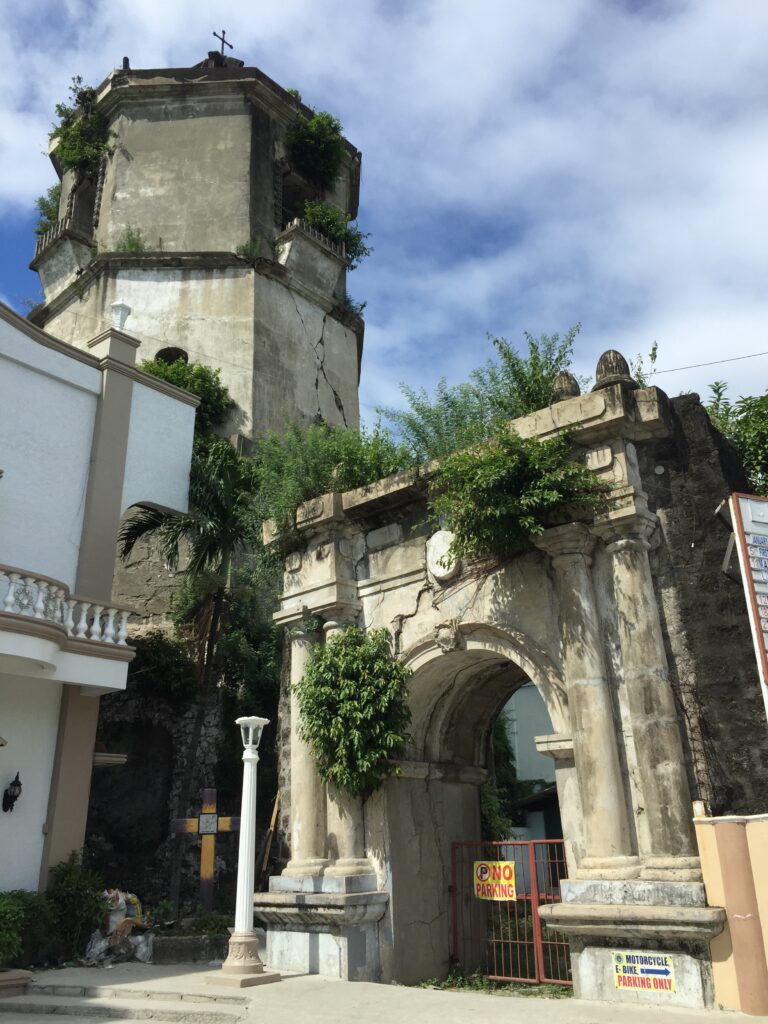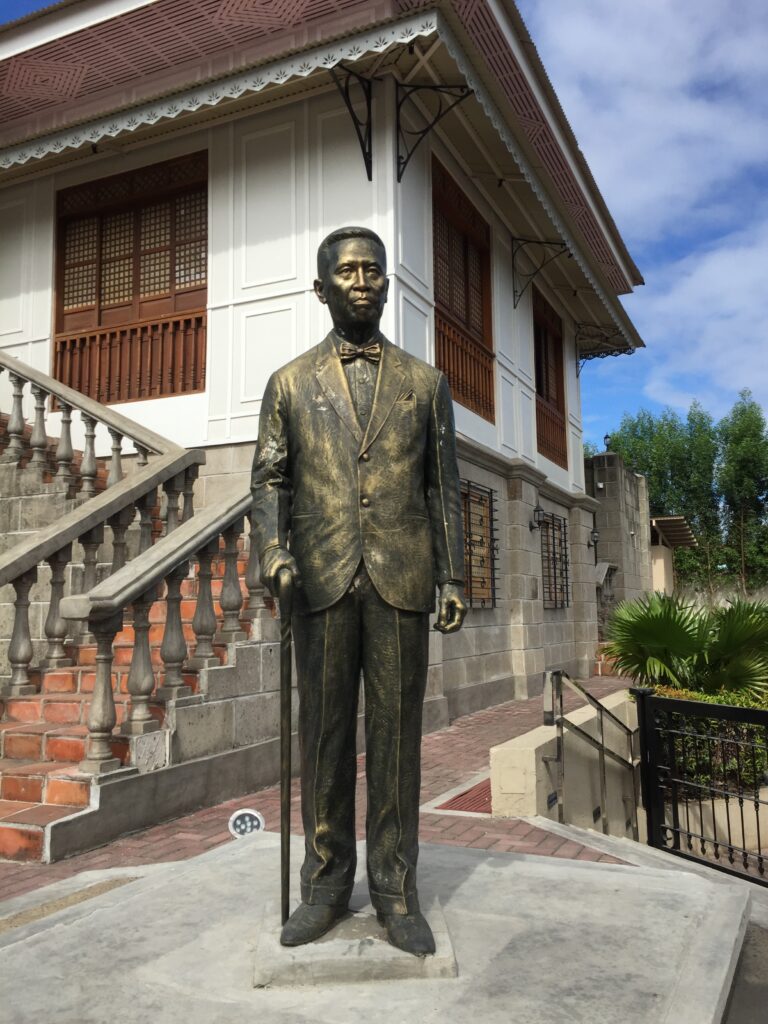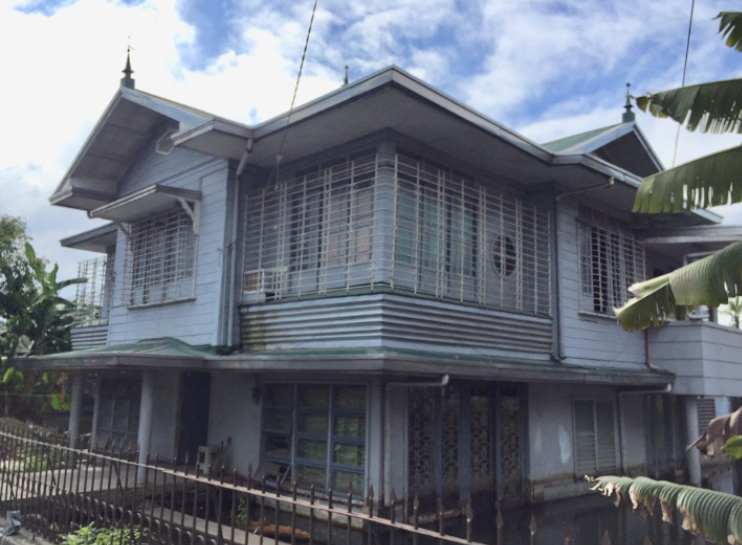Located in an area prone to tidal flood since the 1970s, Valenzuela’s historic center has an old town feel set in a modern landscape.
The site and sights are in contrast with the hustle and bustle of the city’s industrialized areas and are more akin to the neighboring Obando and Bulakan towns of Bulacan, the province where the city formerly belonged.
After all, Valenzuela, formerly called Polo, was founded in 1623 after its separation from its matrix, Meycauayan.
Its heritage area roughly includes the barangays of Arkong Bato, Palasan, Polo, Poblacion, and Pariancillo Villa.
From Malabon, heritage structures found along the way to the Poblacion are the Spanish era Arkong Bato and the Captain Delfin Velilla (1871-1899) Monument in Barangay Arkong Bato and the Gabaldon-type, American era Pio Valenzuela (formerly Polo) Elementary School in Palasan.


During school days, the chattering of students and the chirping of birds welcome visitors at its impressive, overhauled Spanish -era plaza.
Elevated, the plaza is shaded by trees and greened by various plants, with its old basketball court converted to a heritage-conscious events place called Casa de Polo.
Polo Church
Across the plaza is Valenzuela’s old and new church complexes with the ruins of its 17th century church and its 20th century version.
Both dedicated to San Diego de Alcala, the church ruins feature its still-standing four-tiered octagonal belfry with a section of its palitada still having its decorative scroll, the portal part with an inscribed year of 1815 and sections of its stone convent which are now part of the San Diego Parochial School.

The church complex was ruined during the Second World War but was not completely destroyed.
The facade of the old church is divided into three levels, topped by a triangular pediment which has a niche at its center flanked by two blind occuli.
Its first level has four columns and a pair of niches for saints. The four columns are repeated at the second level which also features three classical windows. The second level columns are topped by urn-like finials.
The church convent, meanwhile, is of the bahay na bato type.
Valenzuela houses
A block away from the church is the reconstructed house of Dr. Pio Valenzuela (1969-1956), a revolutionary during the Philippine Revolution to whom the town of Polo (with the town of Valenzuela) was named in the 1960s.
Now the Museo ni Dr. Pio Valenzuela, the house is a repository of the city’s past, as well as Dr. Valenzuela’s priceless memorabilia.
Not far from this house is the postwar home of Valenzuela’s grandson, Arturo.
The latter still lives in the house despite it being partly flooded.
Identity
Today, the city strives to save its heritages through the efforts of its local government and the Gatchalians.
These projects are done to reclaim and bolster their identity and foster pride among its residents.
Author’s note: This article was made possible with the help of Jonathan Balsamo and Michael Urieta of the Valenzuela city government who organized a recent tour of the city. Also in that tour was Albert Barretto, the curator of the Museo ng Kasaysayang Pampulitika ng Pilipinas in Malolos, Bulacan.
